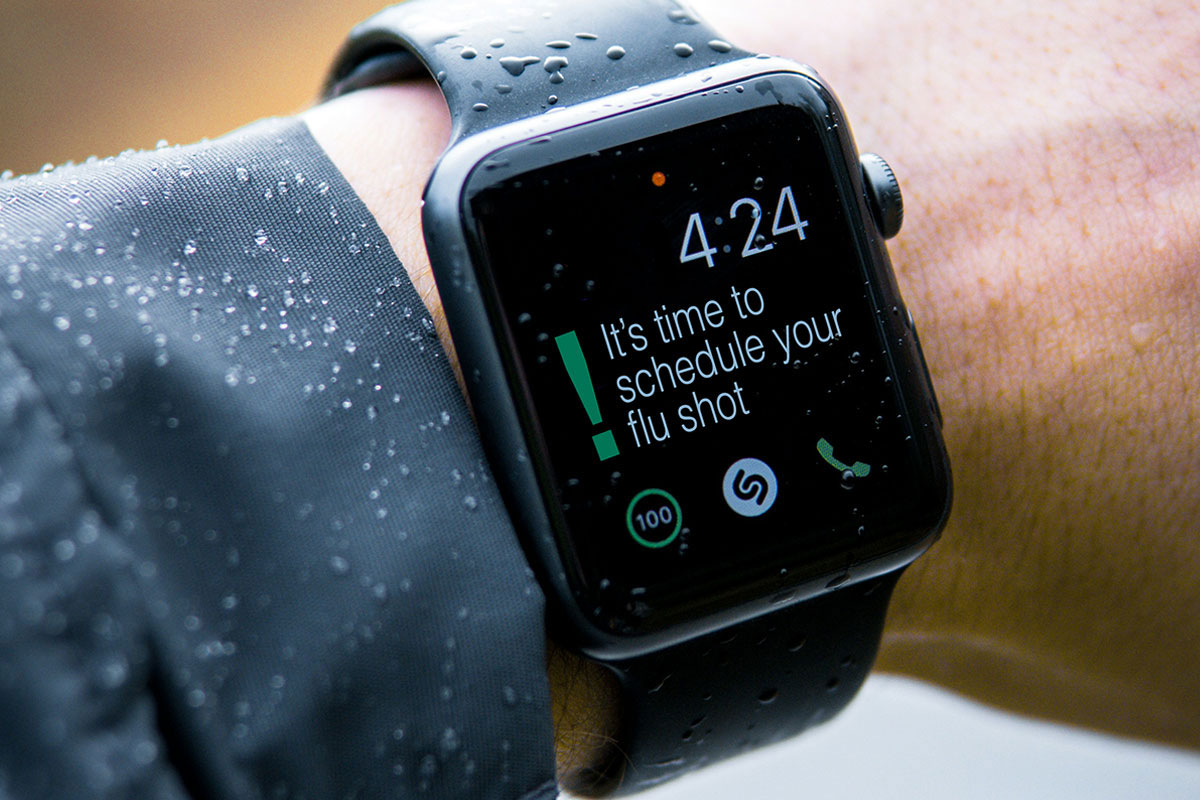Focus on Intervention | AHA2024: A Dive Into Key Trials

The American Heart Association (AHA) 2024 Scientific Sessions in Chicago provided a platform for sharing the latest advancements in interventional cardiology. Here we delve into some of the most significant trials presented, including some beyond interventional cardiology, exploring their implications for clinical practice and future research directions.
By staying informed about the latest research findings, clinicians can optimize patient care and improve outcomes for individuals with cardiovascular disease.
The landmark DanGer Shock study has shed light on the potential risks and benefits of using a microaxial flow pump (mAFP) in older patients with cardiogenic shock (CS). While the trial demonstrated a significant reduction in mortality for the overall patient population, a secondary analysis, published simultaneously in JACC with its presentation at AHA, revealed a concerning trend: mortality rates increased with age.
Patients in the highest age quartile (≥81 years) had a significantly higher mortality rate compared with younger patients, regardless of treatment group. This finding suggests that elderly patients with CS may be at increased risk of adverse events, including bleeding, stroke and renal dysfunction, when treated with a mAFP.
The underlying reasons for this age-related difference are complex and may involve factors such as frailty, comorbidities and altered physiological responses to stress. DanGer Shock highlights the importance of careful patient selection when considering the use of a mAFP.
Although this device can be a valuable tool for improving outcomes in younger patients with CS, it may not be appropriate for all older patients.

Results from CLEAR SYNERGY (OASIS 9) found that spironolactone reduced the risk of cardiovascular death and heart failure (HF) hospitalization in patients who experienced a myocardial infarction (MI). Participants taking spironolactone (with or without colchicine) had a 31% lower risk of new or worsening HF than people taking colchicine with placebo or two placebos.
The overall rates of death from heart-related issues were similar between the spironolactone groups and the placebo groups (3.2% vs. 3.3%, respectively). For the comparison of colchicine vs. placebo, the rates were 9.1% vs. 9.3% for the primary outcome of death from cardiovascular causes, recurrent MI, stroke or unplanned ischemia-driven coronary revascularization. The findings suggest that colchicine may not be a beneficial treatment for all patients with acute MI.
Left atrial appendage closure (LAAC) was compared with oral anticoagulation therapy (OAC) for stroke protection in post-ablation patients with atrial fibrillation (AFib) in the OPTION trial. Among patients with AFib undergoing a catheter-based ablation procedure, LAAC was superior to OAC for preventing nonprocedure-related major bleeding or clinically relevant nonmajor bleeding at 36 months.
Most patients (95%) in the OAC arm received a direct oral anticoagulant. The primary efficacy outcome, defined as a composite of all-cause mortality, stroke or systemic embolism, was similar between the treatment groups. This trial highlights that bleeding events remain high with anticoagulation.
The VANISH2 trial compared catheter ablation with antiarrhythmic drug (AAD) therapy as a first-line treatment for infarct-related ventricular tachycardia (VT) in patients with ischemic cardiomyopathy and an ICD. Catheter ablation decreased recurrent VT events compared with AAD escalation in patients on baseline AAD therapy.
These new findings, also simultaneously published in NEJM, go further to support the role of catheter ablation as a preferred initial treatment strategy over AADs in this population. The safety profile of catheter ablation naturally differed from noninvasive treatment but resulted in fewer nonfatal adverse events.
Although overall mortality was high and comparable in both arms, appropriate ICD shocks and medical intervention for sustained VT were decreased with catheter ablation and may contribute significantly to quality of life.
These findings do not extend to patients with nonischemic cardiomyopathy, in which multiple VT foci may be present and in whom rates of long-term recurrence and mortality following ablation are higher.
However, in patients with ischemic cardiomyopathy and VT, especially in those who may be at higher risk for AAD-related adverse events or toxicity, catheter ablation alone may be a reasonable first-line therapy.
The efficacy of single-pill combinations in achieving blood pressure control in India was highlighted in the TOPSPIN trial. This finding has significant implications for improving adherence to antihypertensive therapy, particularly in resource-limited settings where complex medication regimens can be challenging to manage.
By simplifying treatment regimens, single-pill combinations can help reduce medication errors, improve patient convenience, and ultimately enhance blood pressure control. However, it's crucial to carefully consider the potential for drug interactions and adverse effects when prescribing single-pill combinations.

The NUDGE-FLU trial demonstrated the effectiveness of electronic nudges in increasing influenza vaccination rates among patients with a history of MI. This finding underscores the potential of digital health interventions to improve patient engagement and adherence to preventive measures.
By utilizing personalized reminders, educational messages and other digital tools, health care providers can effectively target at-risk patients and encourage timely vaccination. This approach can help reduce the burden of influenza and its associated complications, particularly in vulnerable populations.
The ZODIAC trial highlighted the impact of a decision-support system on optimizing early lipid-lowering therapy after acute coronary syndrome (ACS). By providing timely and evidence-based recommendations, decision-support tools can help clinicians identify patients who may benefit from more aggressive lipid-lowering therapy and ensure that optimal treatment strategies are implemented.
However, it's essential to consider the potential limitations of decision support tools, such as the need for accurate and up-to-date data input and the reliance on clinician judgment in interpreting the recommendations.
The My Heart Your Heart trial demonstrated the safety and efficacy of refurbished pacemakers in patients living in low- and middle-income countries. This finding has important implications for expanding access to cardiac device therapy in resource-limited settings, where the cost of new devices can be a significant barrier to treatment.
By utilizing refurbished devices, health care providers can offer lifesaving therapies to a larger number of patients without compromising the quality of care. However, it's critical to establish rigorous quality control standards for refurbishing devices to ensure their safety and reliability.


This article was authored by M. Chadi Alraies, MD, FACC, director, cardiac catheterization laboratory, Detroit Medical Center/Wayne State University in Michigan, and Nkechinyere Ijioma, MD, FACC, interventional cardiologist and endovascular interventionist, The Ohio State University in Columbus.
Keywords: Cardiology Magazine, ACC Publications, AHA24, AHA Annual Scientific Sessions
